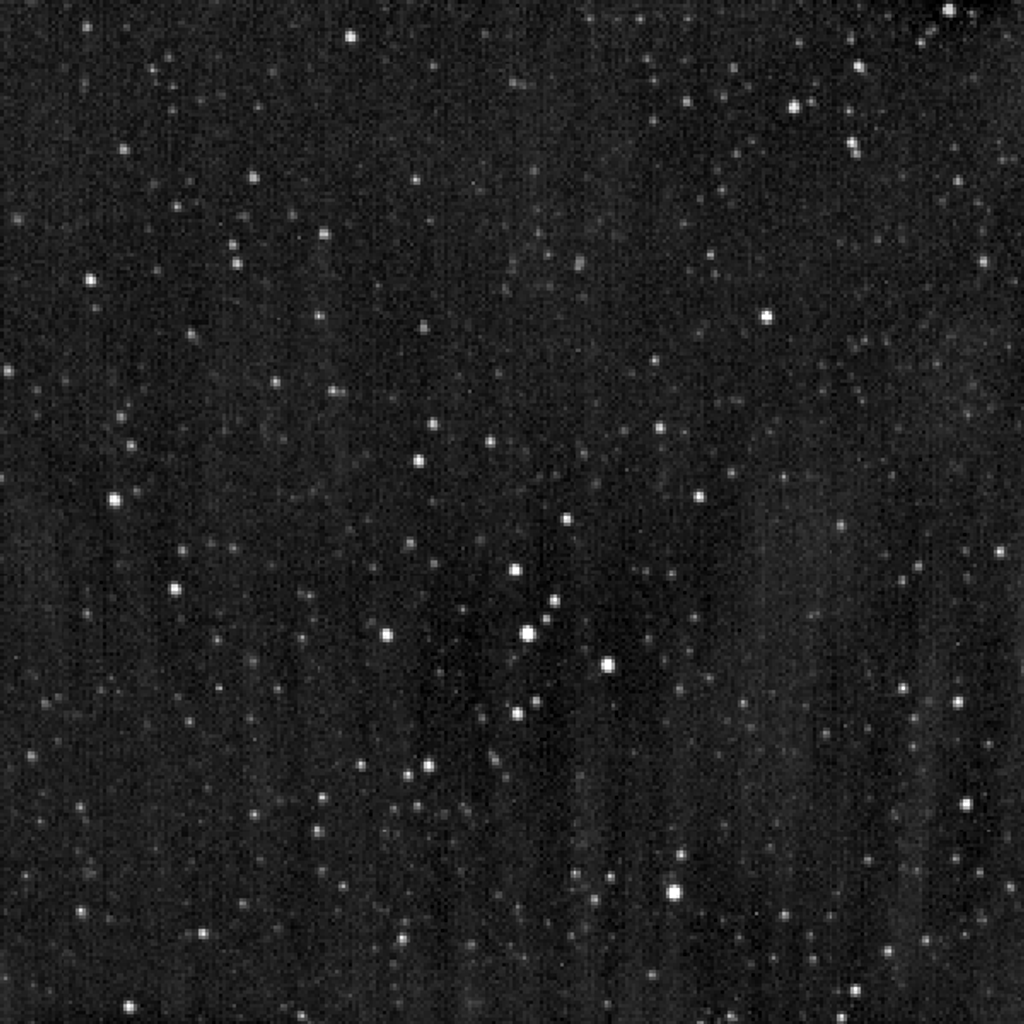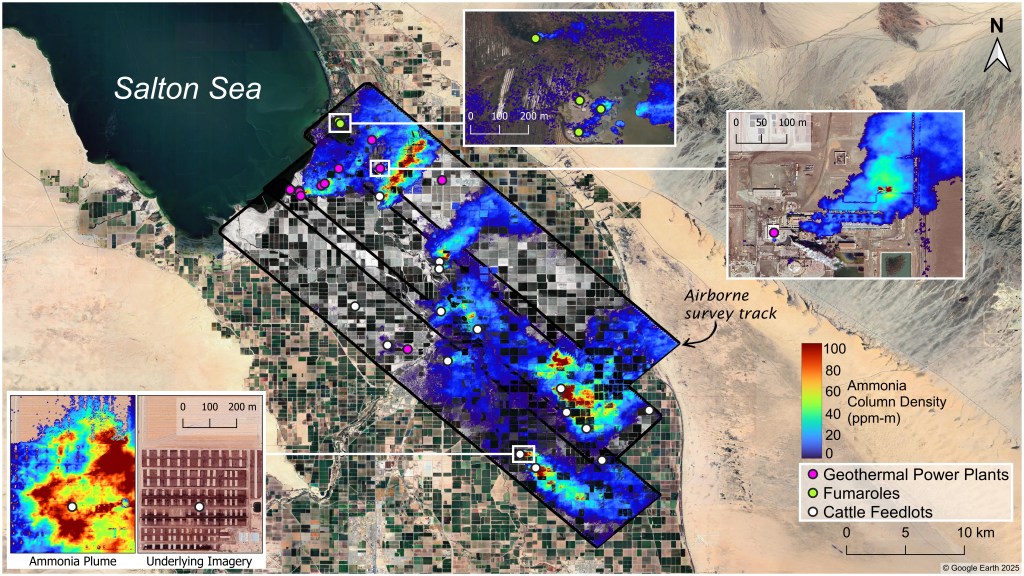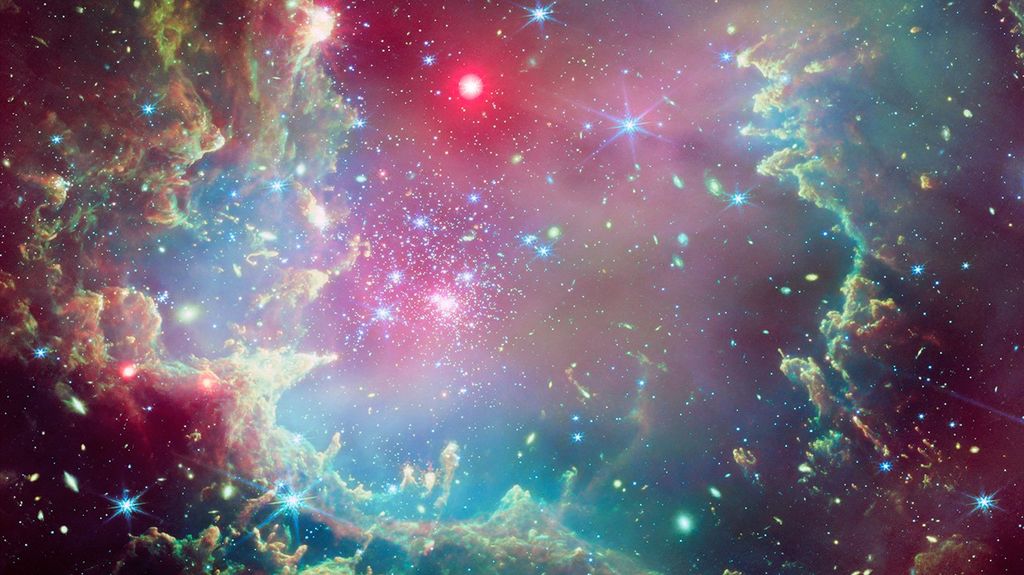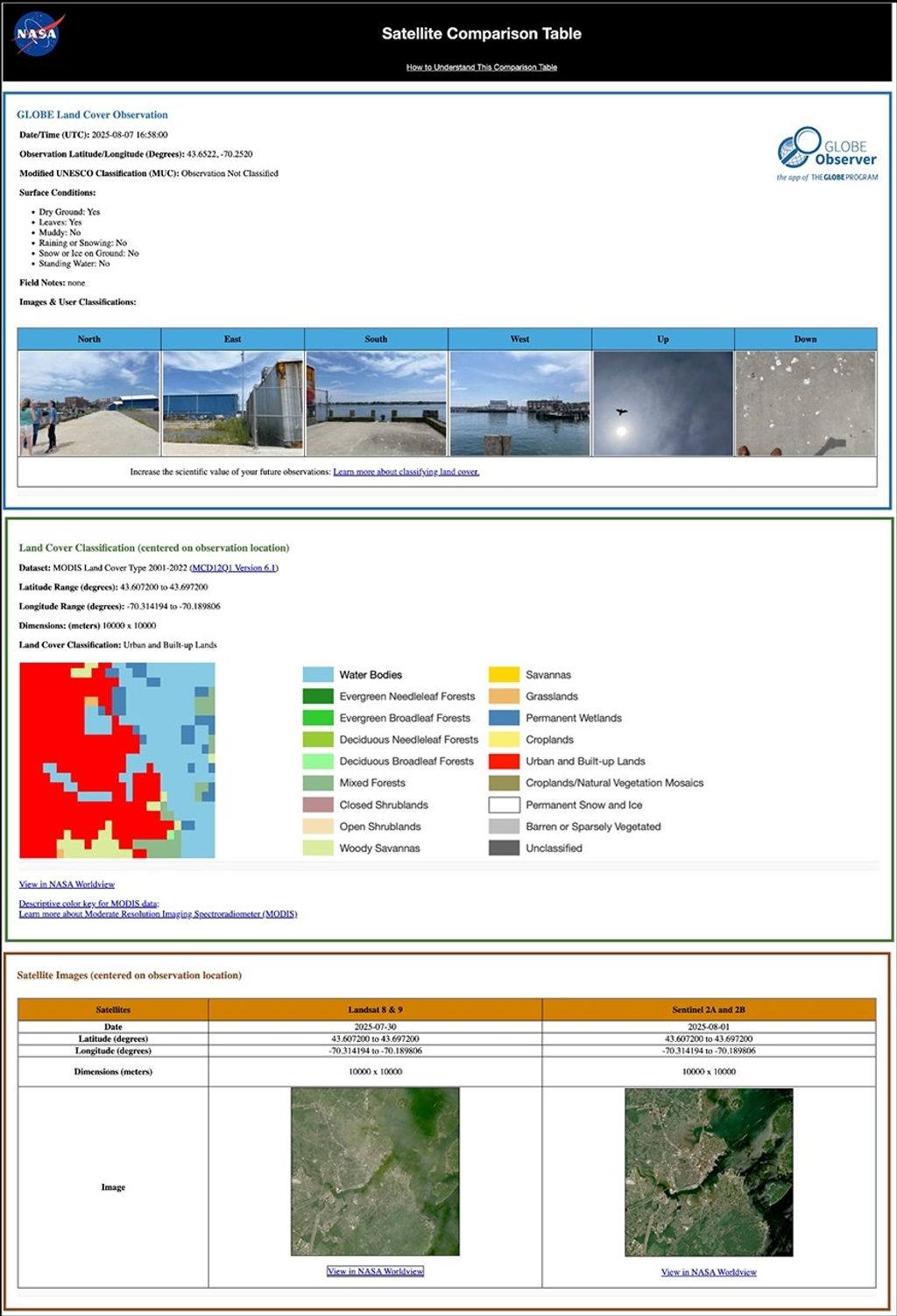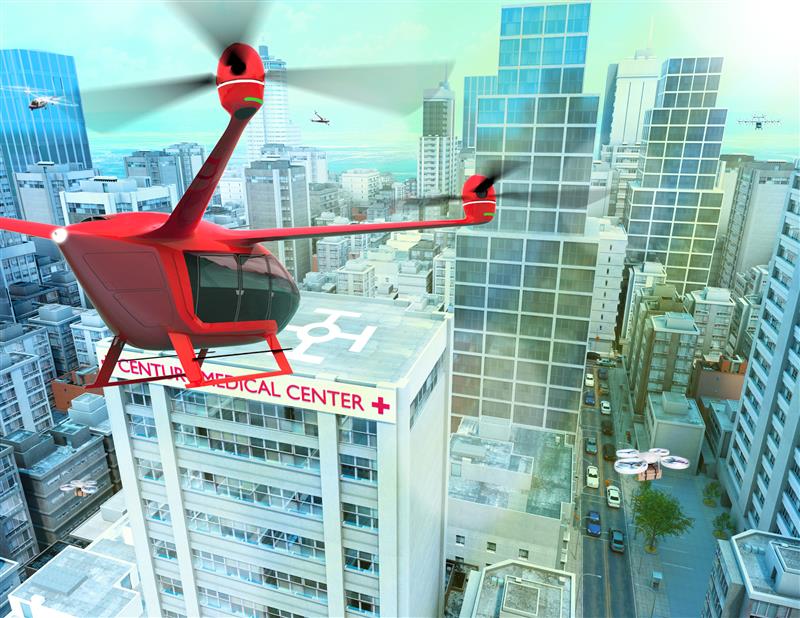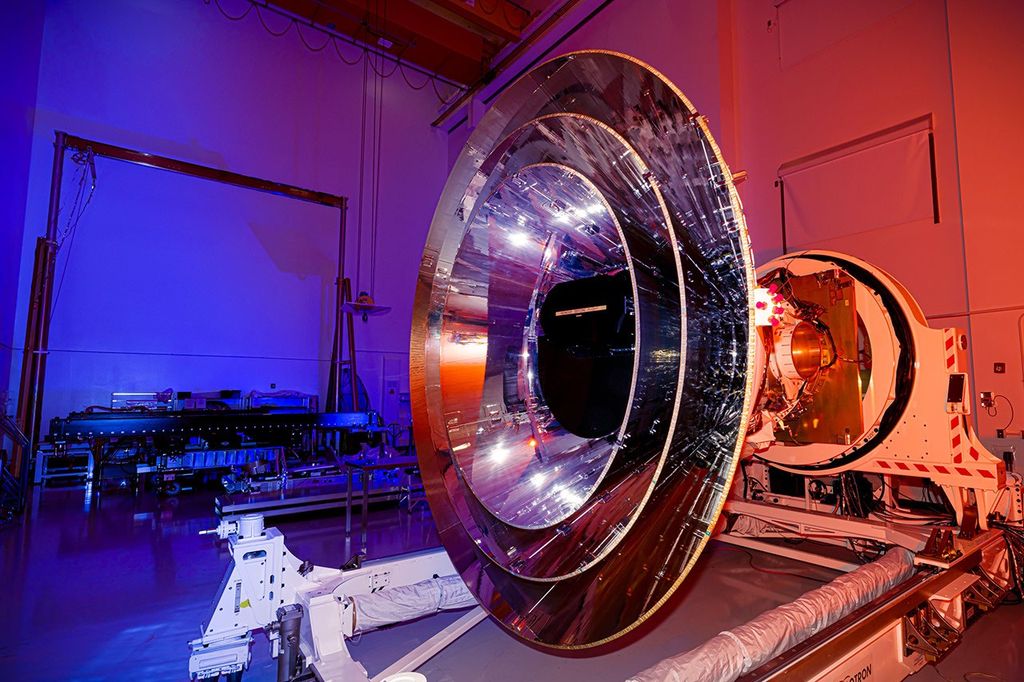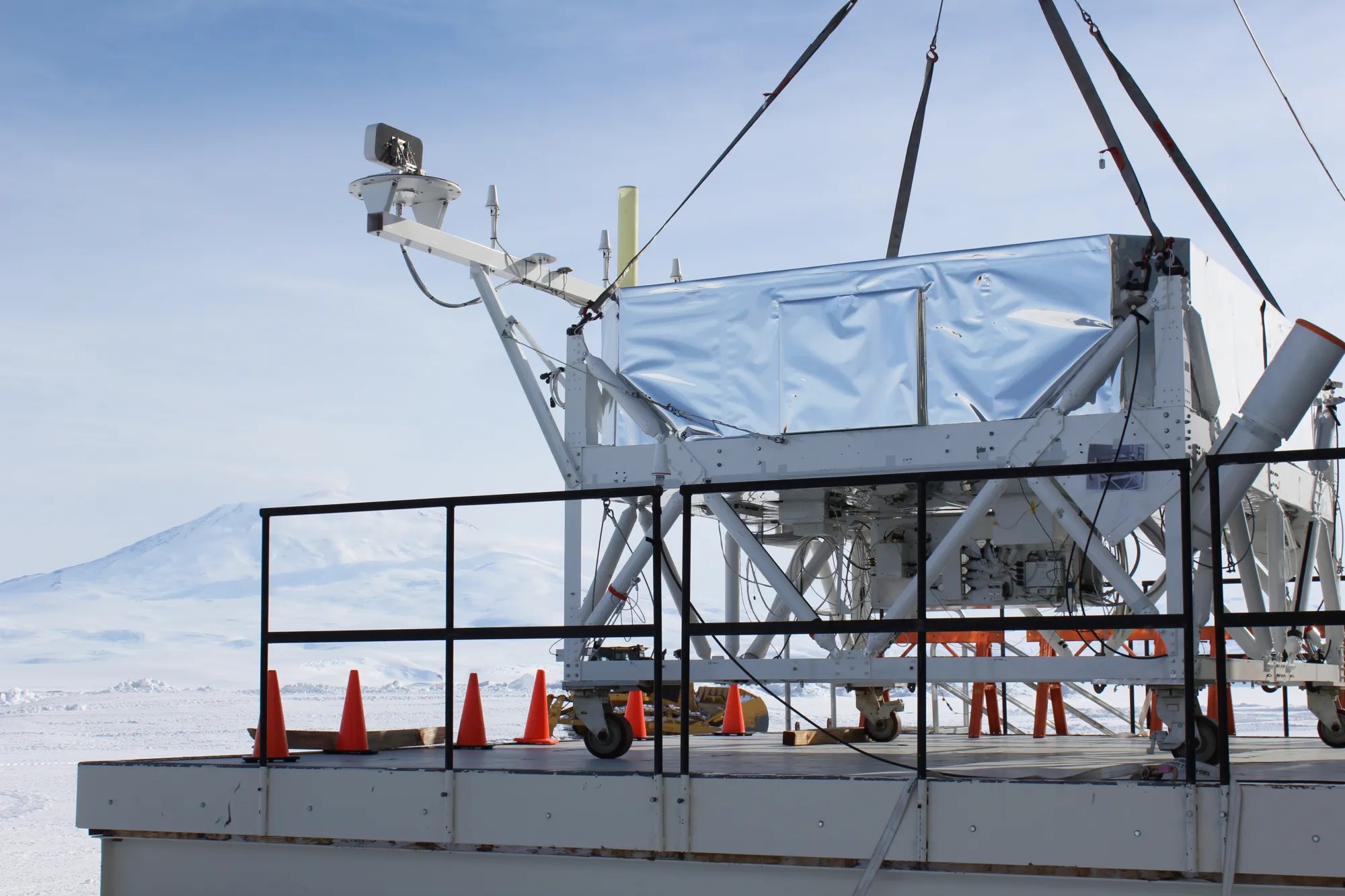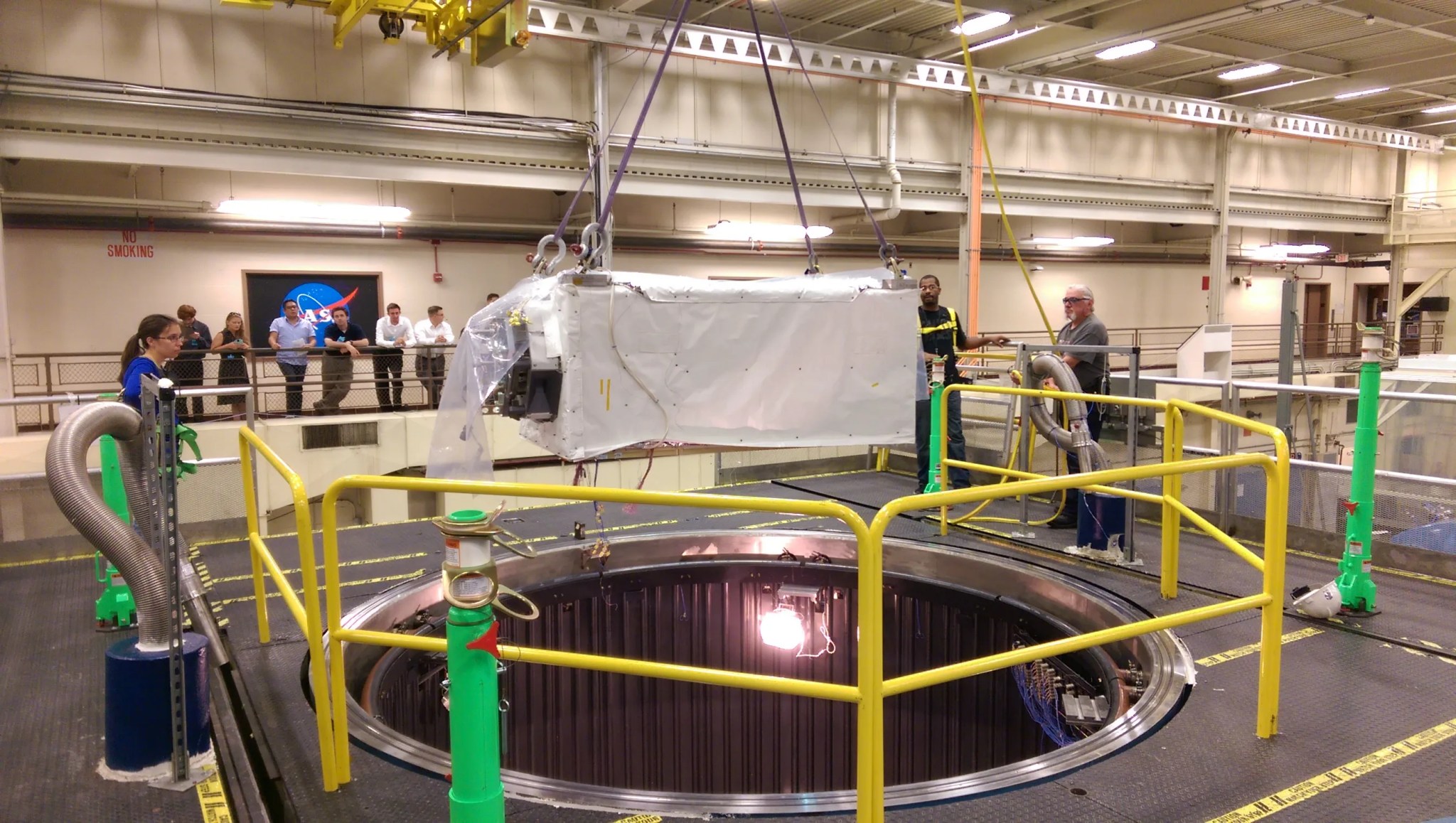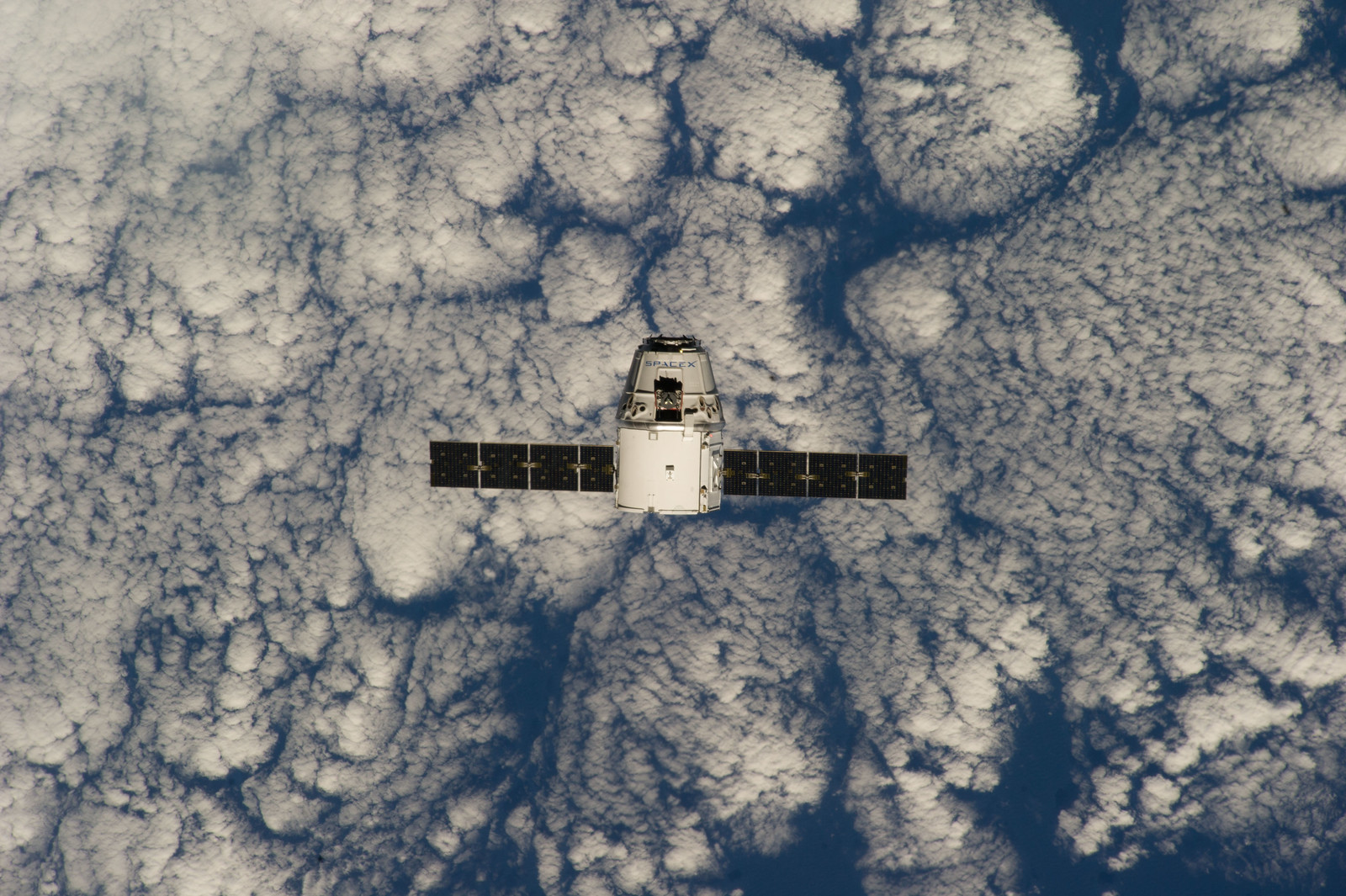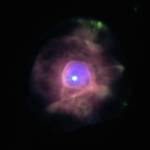Cosmic Microwave Background
The Cosmic Microwave Background(CMB) is the remnant light radiation from the creation of the universe or “Big Bang.” It gives us a glimpse of the universe from hundreds of thousands of years ago. Scientific balloons allow us to test CMB detection technology prior to use on space missions. There are several examples of scientific balloon contributions to CMB space missions, but some of the most prominent examples include those contributions made to the Plank CMB Mission and the Wilkinson Microwave Anisotropy Probe (WMAP). The CMB detection technology and differential radiometers on both of these space mission payloads were first flown, tested and debugged with scientific balloon flights.

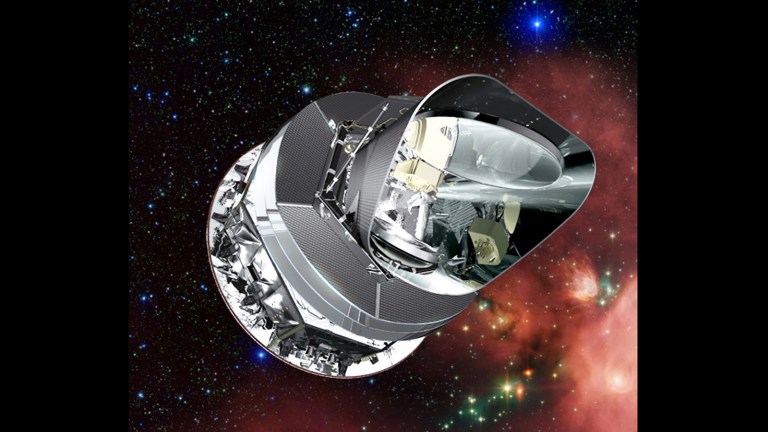


Before and After
MAXIMA to The Planck Mission
1989 – 2009
Cosmic Rays
Cosmic ray phenomena remains one of the most puzzling forms of radiation. Experiments that study this phenomena help us better understand its origins and have lead to the discovery of new subatomic particles. Scientific balloons are a cheaper way to conduct and test cosmic ray experimental technology. The Balloon-borne Experiment with Superconducting Spectrometer (BESS) and the balloon-borne Cosmic-Ray Energetics and Mass investigation (CREAM) flights pioneered cosmic ray technology and even led to other cosmic ray space missions. The CREAM payload that was first flown on a balloon even went to the International Space Station.
Primary Investigators
Want to get in touch and ask more questions? See our “Fly With Us Page,” to learn more about the balloon flight application process or use the links below to get in contact with our various primary investigators who are experts in the field of cosmic studies.






